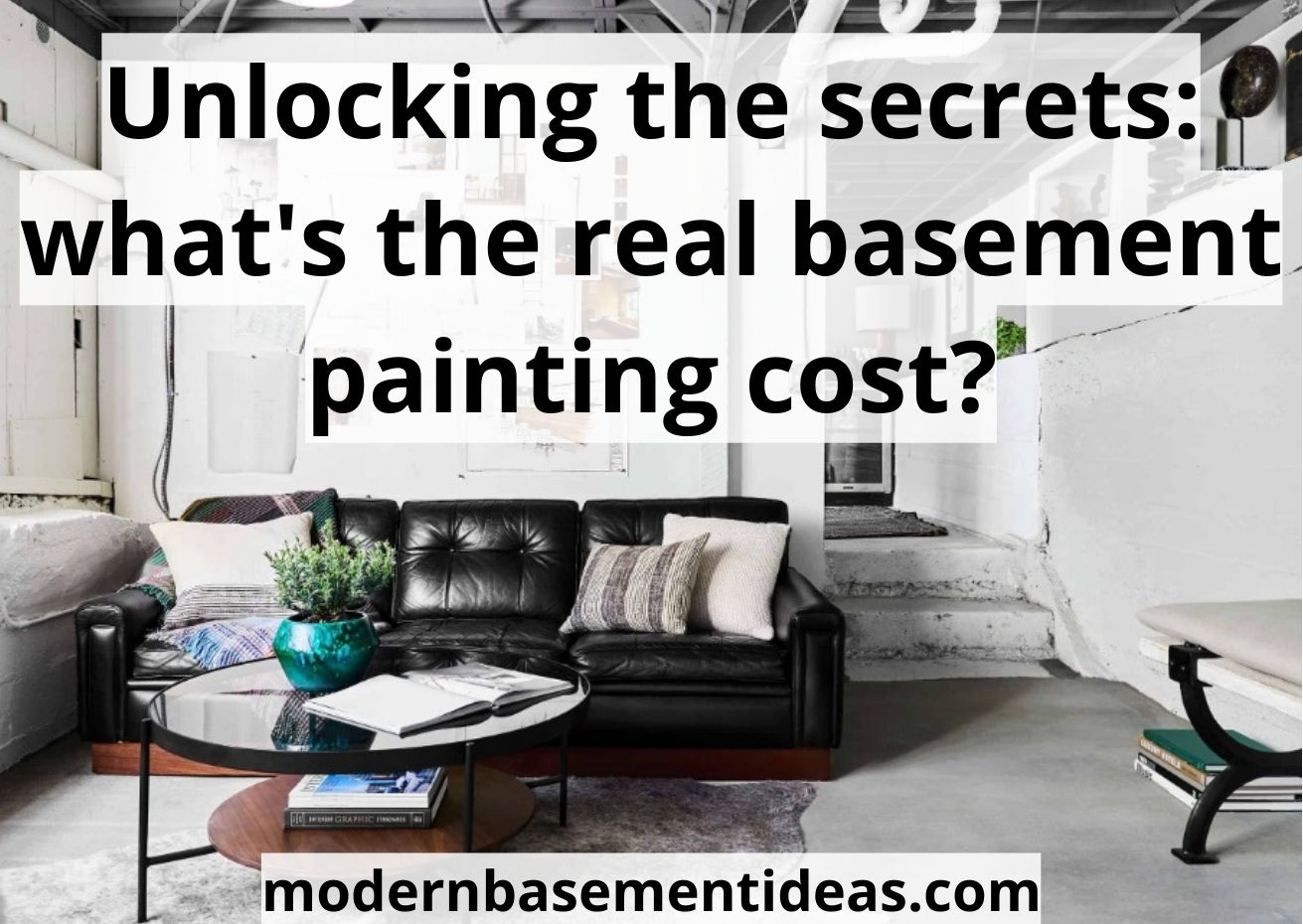Welcome to our blog, where we uncover the secrets behind the actual cost of basement painting. You’ve come to the right place if you’re curious about transforming your basement into a vibrant space. In this article, we’ll delve into the factors that determine painting cost. Get ready to be inspired and informed as we guide you through estimating and planning your project. Let’s get started!
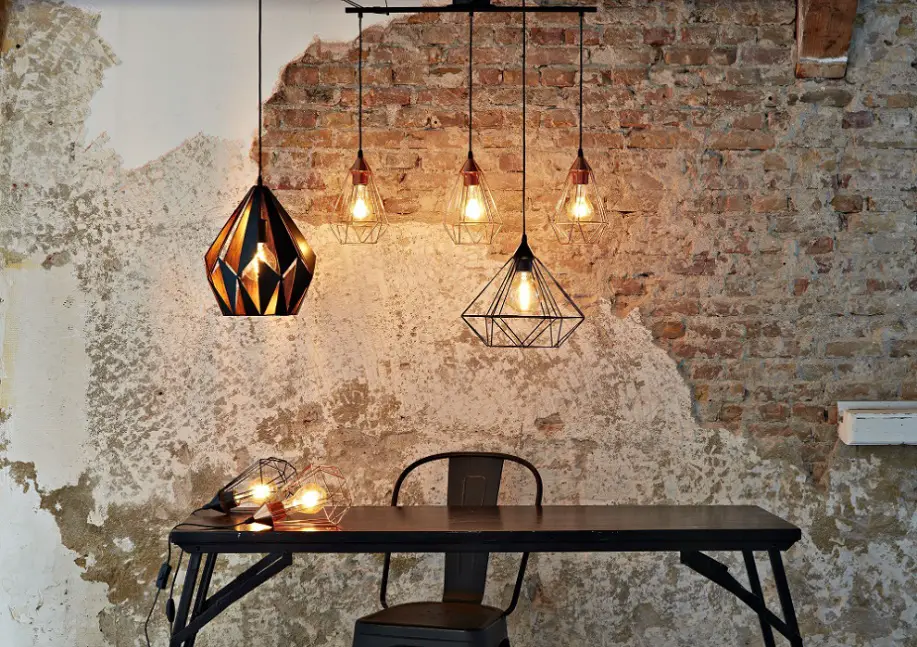
Contents
Factors Influencing Basement Painting Cost
Before beginning, you’ll need to know the costs of basement painted and how choosing to D.I.Y. or hiring a professional can impact the painting process. So, when it comes to basement painting, several factors come into play that can impact the overall cost of the project.
Size and layout of the basement
The size and layout of your basement play a significant role in determining the material and labor requirements, which directly affect the overall cost. Larger basements generally require more paint, primer, and other supplies.
Additionally, if your basement has complex layouts with multiple corners, columns, or intricate architectural details, it may require more time and effort to paint, thereby increasing labor costs.
For example, a small basement measuring around 300-500 square feet may require approximately two coats of 2-3 gallons of paint, costing between $60 and $150. On the other hand, a larger basement spanning 800-1,000 square feet may necessitate 5-7 gallons of paint, with costs ranging from $150 to $350.
These estimates can vary depending on factors such as the number of coats required, surface texture, and personal preferences.
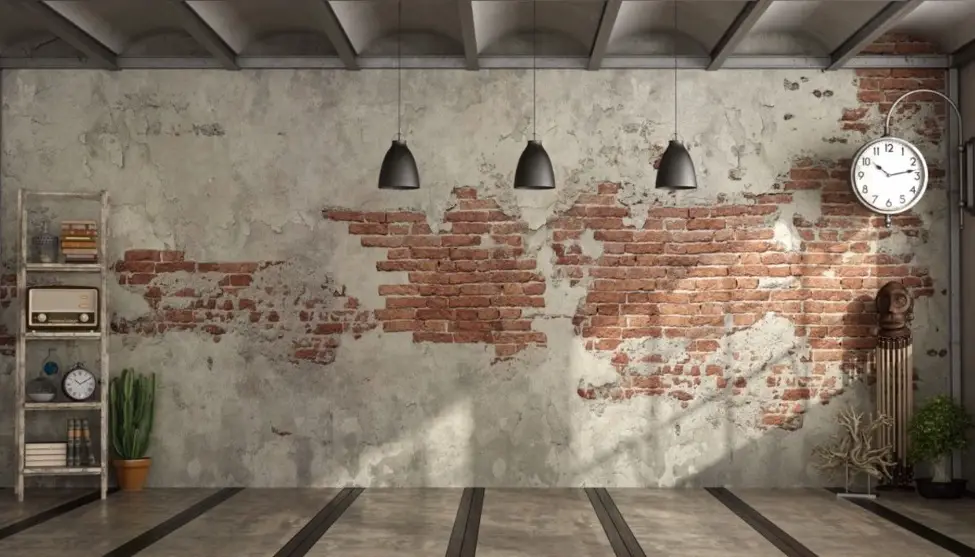
Surface preparation requirements
Proper surface prep work on your basement wall, basement floors, or ceiling is crucial for achieving a durable and professional-looking finish and you can determine how much paint to purchase for your project.
The condition of your basement floor, basement ceiling, and basement walls and any necessary repairs or treatments can impact the overall cost.
If your basement interior walls have cracks, holes, or uneven textures, you may need to invest in materials such as spackling compound, sandpaper, and caulking. These supplies can range from $20 to $100, depending on the extent of the repairs.
Additionally, if your basement ceilings, basement floor, or basement walls have existing paint or wallpaper that needs to be removed, you might require additional tools like scrapers or chemical strippers. These can add an extra $10 to $50 to your expenses, depending on the size of the project.
Type and quality of paint
The type and quality of paint you choose can significantly affect the cost. There is a wide range of paint options available, each with its price point for basement walls, basement floor, and basement ceiling. Basic latex or acrylic paints are more affordable, typically ranging from $25 to $50 per gallon.
On the other hand, premium paints or specialty finishes like textured or metallic paints can cost anywhere from $50 to $100 per gallon.
While it might be tempting to opt for the cheapest option, it’s essential to consider the long-term durability and coverage of your basement walls, basement floor, and basement ceiling. Investing in higher-quality paint can result in better coverage, fewer coats needed, and a more durable finish that lasts for years.
Additionally, if you want to paint the concrete basement walls. Use weatherproof oil-based or latex waterproof masonry paint as the paint or epoxy paint.
For concrete floor, you can also use a concrete paint such as epoxy paint because epoxy paint is considered the best type of concrete paint for basement floor and also works on multiple surfaces.
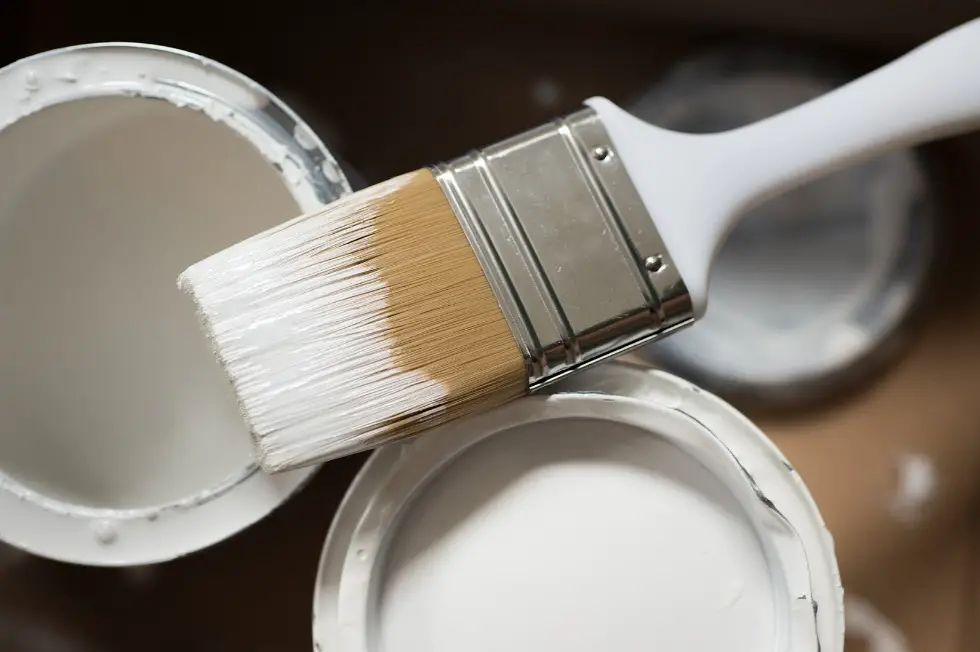
Additional materials and supplies
In addition to basement ceiling, basement walls, and basement floor paint, there are various materials and supplies needed to paint basement floor, basement ceiling, and painting walls.
These include brushes, paint roller, drop cloths, painter’s tape, and other accessories. The cost of these materials can range from $50 to $100, depending on the quality and quantity required.
Furthermore, if you plan to paint the trim, baseboards, or doors in your basement, you’ll need additional paint and brushes specifically for these areas. Allocating an extra $50 to $200 for trim and accent paint can ensure a cohesive and polished look.
Hiring professional painters vs. DIY
Deciding whether to hire a professional painter or tackle the project yourself is another factor that can influence the overall cost. Hiring a professional painter can ensure a high-quality finish and save you time and effort.
However, it comes at a higher cost due to labor charges, which can vary depending on the region and the complexity of the project.
Professional painters typically charge an average of $2 to $4 per square footage, so for a 500-square-footage basement, you can expect to pay around $1,000 to $2,000 for labor.
On the other hand, opting for a DIY approach can help you save on labor costs. However, it’s important to consider your painting skills, time availability, and the complexity of the project. DIY painting requires investing in the necessary tools and equipment, such as brushes, rollers, paint trays, and ladders, which can range from $50 to $100, depending on the quality and quantity needed.
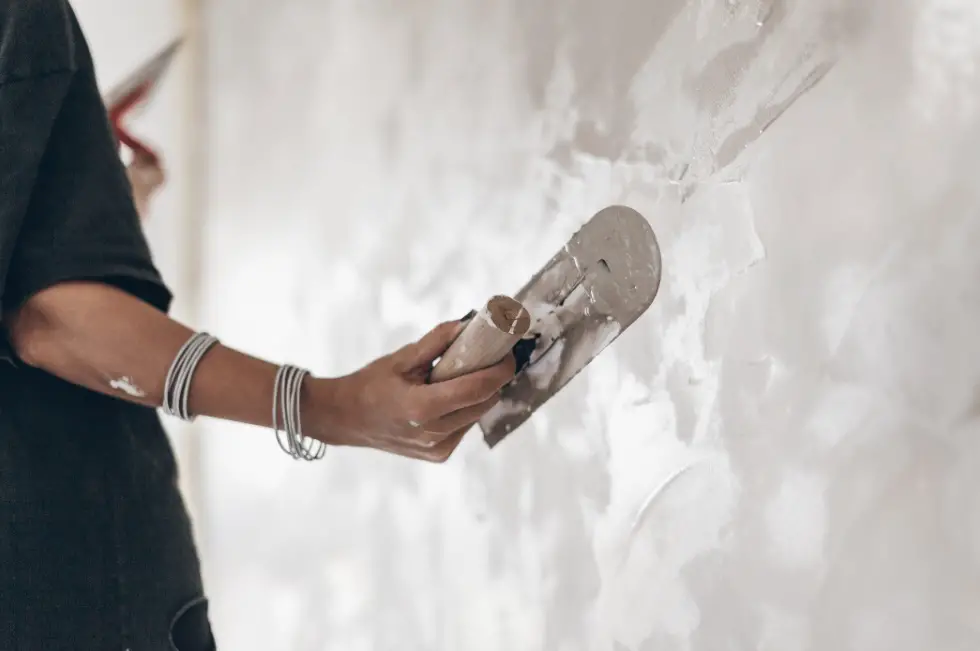
While DIY painting can be cost-effective, it’s essential to assess your abilities and the scale of the project. Painting large basement areas or dealing with challenging surfaces might require expertise from a professional painter to achieve the desired results.
In such cases, it might be worth considering a hybrid approach, where you handle simpler tasks while hiring professionals for more complex aspects of the project.
Obtaining quotes from reputable painting contractors is advisable to accurately determine the cost implications of hiring professionals versus a DIY approach.
They can provide a breakdown of the labor and material costs specific to your project, allowing you to make an informed decision based on your budget and desired outcomes. Also, they are trained in painting multiple surfaces, which leads to high-quality work.
Additionally, can you paint an unfinished basement by yourself? Yes, you can paint an unfinished basement or cover concrete plaster with paint. Over the bricks or cinder blocks, you can paint a fine coat. The basement will look attractive and colorful. With a finished basement, apply waterproof latex primer to the stucco or plaster wall.
Factoring In Location And Additional Considerations
When estimating basement interior painting cost, it’s essential to factor in location and other regional considerations. Let’s delve into how location can influence the total cost of your basement interior painting project and highlight other factors to consider.
How location can influence basement painting costs?
The geographical location of your project can have a significant impact on basement interior painting cost. Areas with a higher cost of living or a higher demand for contractors may result in higher labor rates. For instance, metropolitan areas or regions with a thriving housing market might have higher average prices for painting services.
On the other hand, rural areas or locations with lower contractor availability may have more competitive pricing.
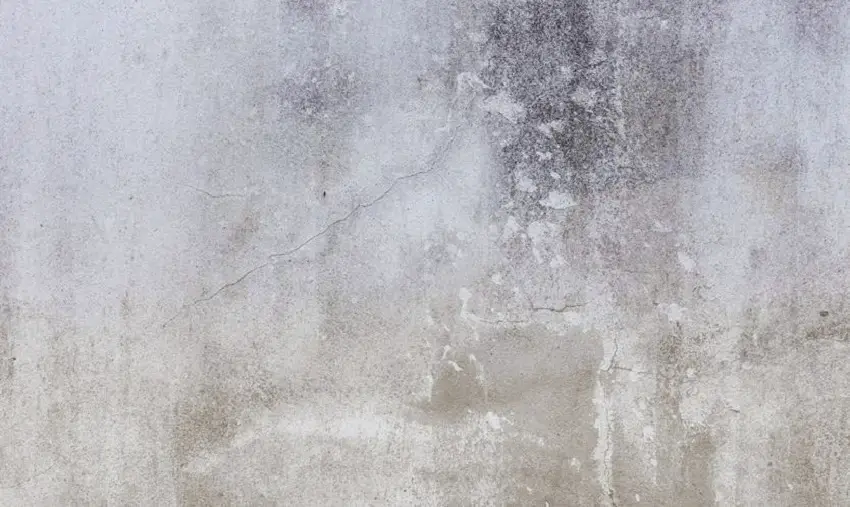
Painting contractor rates and regional variations
- Contractor ratesThe rates charged by contractors can vary based on their experience, expertise, and reputation. Established contractors with a solid track record may charge higher rates compared to newcomers or less experienced painters. Researching and obtaining multiple quotes from local contractors will give you a clearer understanding of the prevailing rates in your area.
- Regional variationsDifferent regions may have unique factors that affect painting cost. For example, areas with high humidity or moisture levels may require additional measures to address potential mold or mildew issues, which can increase the overall cost. Similarly, areas prone to extreme weather conditions may necessitate specialized paints or coatings to ensure durability.
To provide you with some context, here are a few actual price ranges for painting cost in different regions:
- Metropolitan area (e.g., New York City): $2,500 to $5,000;
- Suburban area (e.g., Dallas, Texas): $1,800 to $3,500;
- Rural area (e.g., Midwest region): $1,500 to $2,800.
Please note that these prices are approximate and can vary based on factors like the size of the basement, specific project requirements, and individual contractor rates. It’s always advisable to obtain personalized quotes from local contractors to get a more accurate estimate for your specific location.
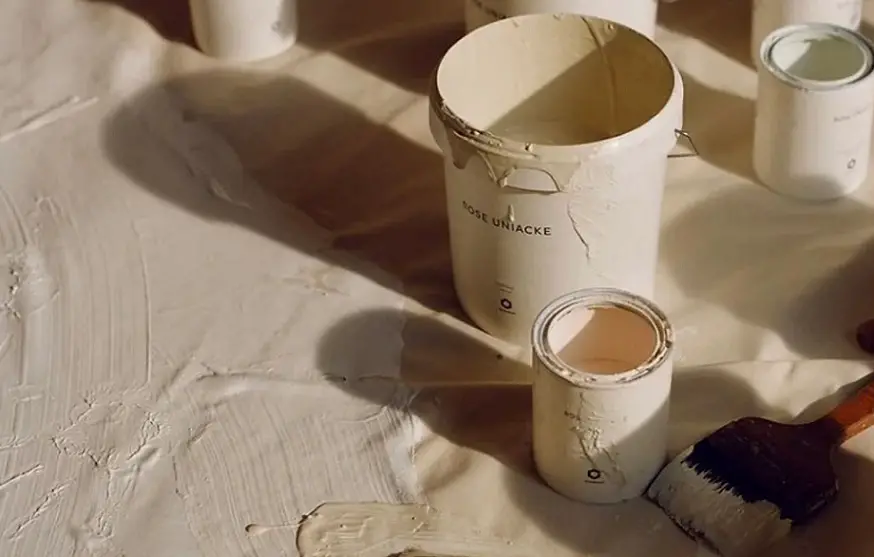
Budgeting And Planning Ahead
- Assess your project requirements. Start by evaluating the scope of your basement paint job. Consider factors such as the size of the space, the condition of the walls, and any additional surface preparation needs. This assessment will help you determine the materials, labor, and time required.
- Research and gather quotes. Reach out to multiple contractors and request detailed quotes for your project. Take the time to compare the prices, services offered, and the reputation of the contractors. This will give you a better idea of the average costs in your area and help you make an informed decision.
- Allocate a realistic budget. Once you have obtained quotes and assessed your project requirements, allocate a budget that aligns with your financial capabilities. It’s essential to set aside some buffer funds for unexpected expenses that may arise during the project.
- Prioritize your needs. Determine your priorities and allocate your budget accordingly. Identify areas that require more attention, such as extensive surface repairs or specific painting techniques. By prioritizing your needs, you can focus your resources on the aspects that matter most to you.
- Consider DIY options. If you have the necessary skills and time, consider taking a DIY approach for certain aspects of the project. DIY painting can significantly reduce labor costs. However, be realistic about your abilities and only undertake tasks that you feel confident in handling.
- Optimize material usage. Minimize wastage by calculating the right amount of paint and other materials needed for your project. Consult with professionals or utilize online calculators to estimate the quantity of paint required based on the size of your basement. This way, you can avoid unnecessary expenses and save money.
- Explore cost-saving alternatives. Look for opportunities to save money without compromising on quality. For example, consider using standard-grade paint instead of premium brands, as the price difference can be substantial. Additionally, explore discounts or promotions offered by local suppliers to obtain materials at a discounted rate.
- Plan for future maintenance. When budgeting, it’s essential to consider the long-term maintenance of your basement walls. Investing in quality paint and proper application techniques can extend the lifespan of your painted walls, reducing the need for frequent repainting and additional costs down the line.

Unveiling The Real Basement Painting Cost
When embarking on a basement painting, it’s crucial to have a clear understanding of the real costs involved. Let’s dive into a detailed breakdown of costs for each factor, providing specific cost ranges and average prices per square footage, along with examples and scenarios to illustrate cost variations.
A detailed breakdown of costs for each factor
- Size and layout of the basement. The size and layout of your basement play a significant role in determining the cost of the project. Here’s an overview of the cost ranges based on different basement sizes:
Small basement (around 300-500 square feet):
- Hiring professionals: the cost to paint is $3.50 to $7.00 per square foot
- DIY approach: the cost to paint is $1.00 to $3.00 per square foot
Medium basement (around 600-800 square feet):
- Hiring professionals: the cost to paint is $3.00 to $6.00 per square footage
- DIY approach: the cost to paint is $1.00 to $3.00 per square foot
Large basement (over 1,000 square feet):
- Hiring professionals: the cost to paint is $2.50 to $5.00 per square foot
- DIY approach: the cost to paint is $1.00 to $3.00 per square foot
- Surface preparation requirements. Proper surface preparation is vital for a smooth and long-lasting paint job. Here are the estimated costs per square footage for surface preparation:
- Cleaning and priming: $0.20 to $0.50 per square footage
- Repairing cracks or damage: $0.30 to $0.70 per square footage (varies depending on the extent of repairs needed)
- Type and quality of paint. The type and quality of paint you choose impact the cost and durability of the finish. Here are approximate price ranges per square foot for different types of paint:
- Standard-quality paint: $0.30 to $0.50 per square foot
- High-quality paint: $0.50 to $0.70 per square foot
- Specialty or premium paints: $0.70 to $1.00 per square foot
Note: The quantity of paint required will depend on the surface area to be covered.
- Additional materials and supplies. In addition to paint, several materials and supplies are necessary for a basement paint job. Here’s an estimated breakdown of costs:
- Brushes, rollers, and trays: $0.10 to $0.20 per square foot
- Drop cloths and plastic sheets: $0.05 to $0.10 per square foot
- Painter’s tape: $0.02 to $0.04 per square foot
- Primers: $0.10 to $0.20 per square foot
- Hiring professionals vs. DIY. The decision to hire professionals or take the DIY route will affect the overall cost. Here’s an overview of the cost range based on different approaches:

Hiring professionals:
- Small to medium-sized basement: $3.00 to $10.00 square foot
- Large basement: $2.50 to $8.00 per square foot or more
DIY approach:
- Small to medium-sized basement: $1.00 to $5.00 square foot
- Large basement: $1.00 to $3.00 square foot or more
- Referring examples and scenarios to illustrate cost variations. Let’s consider a few examples to illustrate how different factors impact the cost of a basement painting:
Example 1. A small basement of around 400 square feet, with minimal surface preparation needs and using standard-quality paint, may cost approximately:
- Hiring professionals: $1,500 to $2,500
- DIY approach: $500 to $1,000
Example 2. A medium-sized basement of around 700 square feet, requiring extensive surface repairs, using high-quality paint, and hiring professionals, can range from:
- Hiring professionals: the cost to paint is $4,000 to $6,000
- DIY approach: the cost to paint is $1,500 to $3,000
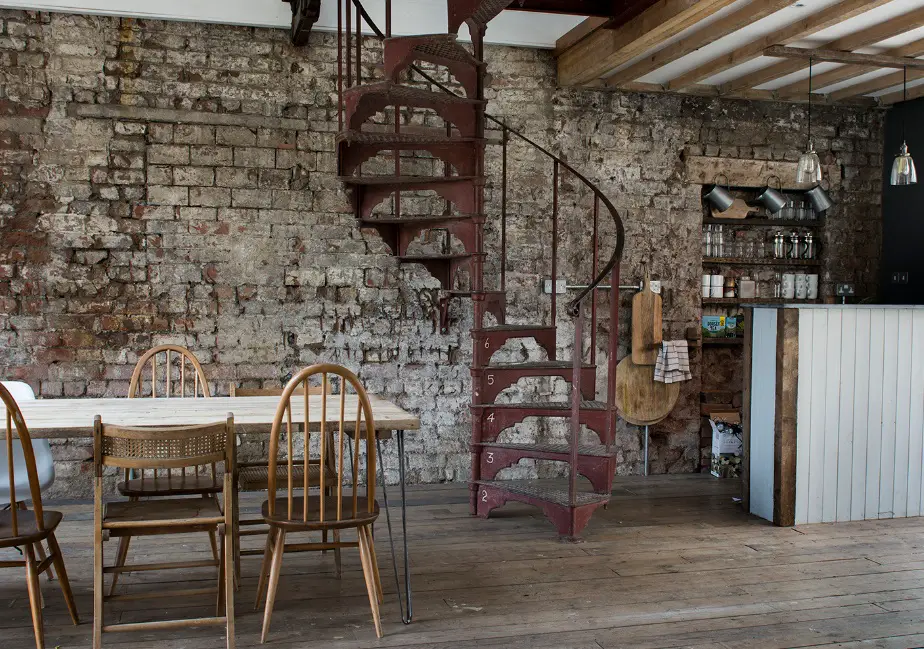
Being Aware Of Potential Hidden Expenses
Being aware of potential hidden expenses is essential when planning for a basement painting. It’s easy to overlook certain costs that can significantly impact your budget. In this section, we will highlight commonly overlooked costs and provide advice on how to anticipate and budget for them effectively.
Commonly overlooked costs in basement painting projects
- Surface preparation. Properly preparing the basement walls is crucial for achieving a smooth and durable paint finish. This may involve filling cracks, repairing damaged areas, and sanding the surface. The cost of surface preparation materials such as spackling compound, sandpaper, and caulking can range from $20 to $100 depending on the size of the project.
- Primer. Using a primer can enhance paint adhesion, improve coverage, and provide a more even finish. Depending on the size of your basement, a gallon of primer can cost between $25 and $50. Keep in mind that the need for primer may vary depending on the condition and type of surface you’re painting over.
- Trim and accent paint. Don’t forget to budget for painting the trim, baseboards, doors, and other accent areas in your basement. The cost of paint and brushes for these details can range from $50 to $200, depending on the size and complexity of the trim work.
- Paint finish and quality. Choosing the right paint finish and quality is important for achieving the desired aesthetic and durability. Premium paints tend to cost more, with a gallon ranging from $40 to $80. Specialty finishes like textured or metallic paints can cost even more, averaging between $50 and $100 per gallon.
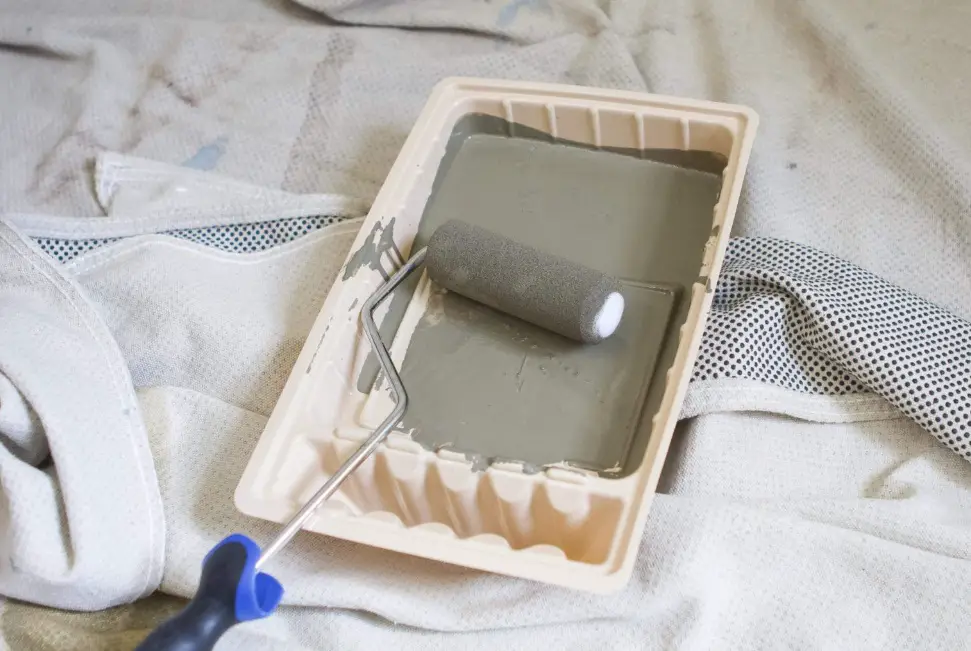
- Conduct thorough research. Before starting your basement painting, research the costs of common materials, tools, and additional painting requirements. Look for local prices at home improvement stores or online retailers to get an accurate estimate.
- Seek professional opinions. Consult with painting professionals to get their insights on potential hidden expenses. They can provide valuable advice based on their experience and help you anticipate costs specific to your project.
- Allocate a contingency fund. It’s wise to set aside a contingency fund to account for unexpected expenses. Aim to allocate around 10% to 15% of your total budget for this purpose. Having a safety net will give you peace of mind and ensure you’re prepared for any surprises.
- Request detailed quotes. When obtaining quotes from painting contractors or suppliers, ask for a breakdown of costs that includes surface preparation, primer, paint, and any additional work. This will help you compare quotes accurately and identify any potential hidden expenses.
- Prioritize quality and durability. Investing in high-quality paints and tools can save you money in the long run. Premium paints offer better coverage and durability, reducing the need for frequent touch-ups or repaints. While they may be more expensive upfront, they can provide cost savings over time.
Case Studies And Examples
To provide you with real-life insights into basement painting projects, we’ll explore a few case studies. These examples will include a breakdown of costs and outcomes, as well as valuable lessons learned and tips from homeowners who have undertaken these projects.
Real-life examples of basement painting projects
- Case study 1. Sarah’s Basement Transformation Sarah, a homeowner in a suburban area, decided to transform her outdated and dull basement into a vibrant entertainment space. With a budget of $2,500, she focused on painting the main living area, including concrete walls, basement ceiling, basement floor, and trim.She opted for a neutral color palette and utilized DIY techniques to create an accent wall with stripes. By strategically allocating her budget, Sarah achieved a stunning transformation that made her basement feel like a welcoming extension of her home.
- Case study 2. Mark and Lisa’s Budget-Friendly Basement Upgrade Mark and Lisa, a couple on a tight budget, wanted to freshen up their basement without spending a fortune. With only $800 to spare, they prioritized painting the walls and basement ceilings of their basement’s main area.They chose affordable, high-quality paint in a light gray shade, which helped brighten the space and make it appear larger. By focusing on the most visible areas and opting for a cost-effective paint option, Mark and Lisa successfully transformed their basement on a limited budget.
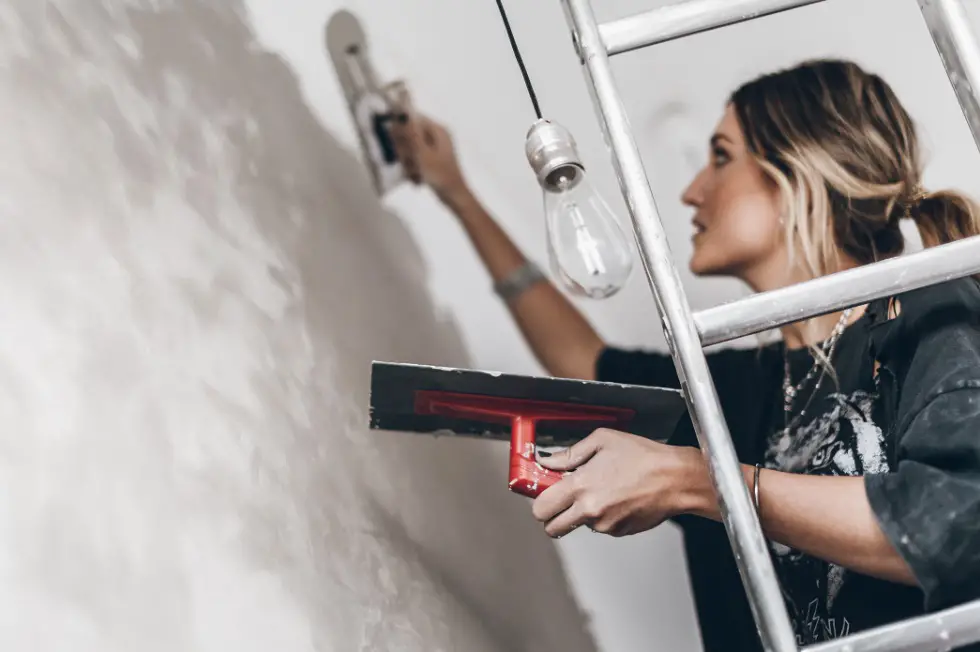
Breakdown of costs and outcomes
How much does a basement painting cost? Let’s take a look on the examples.
Case Study 1.
- Paint and supplies: $300
- DIY labor (prepping and painting): No additional cost
- Outcome: Sarah’s basement went from drab to fab, providing her with a beautiful, inviting, modern entertainment space.
Case Study 2.
- Paint and supplies: $200
- DIY labor (prepping and painting): No additional cost
- Outcome: Mark and Lisa’s basement received a much-needed facelift, creating a brighter and more enjoyable space within their budget constraints.
Conclusion
If you want your basement painted, understanding the factors that affect the cost empowers you to make informed decisions for your project.
Consider the size and layout of your basement, surface preparation, and exterior surfaces requirements, the type and quality of paint, additional materials and supplies, and whether to hire professionals or take the DIY route.
By carefully assessing these factors, you can plan your budget effectively and take the next steps toward achieving a beautifully painted and finished basement throughout. Embrace this opportunity to enhance the aesthetics and value of your home.
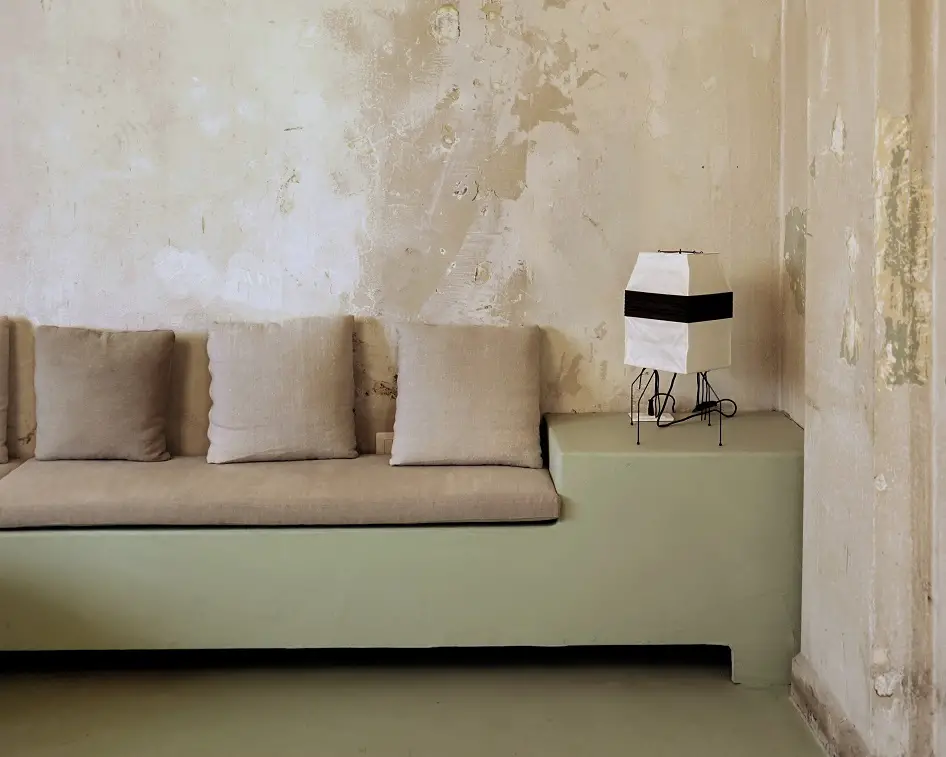
FAQs
How long does it take to paint a basement?
The time it takes to paint a basement depends on factors such as the size, complexity, and condition of the concrete floor and walls. On average, completing a basement painting project can take anywhere from a few days to a week.
Is it a good idea to paint basement walls?
Yes, it is a great idea to paint basement walls. It can transform the space, improve aesthetics, and make other rooms in the basement feel more inviting and finished. Paint basement walls can also provide a protective layer and help prevent moisture-related issues.
How much does it cost to paint an 1100 sq ft house interior?
The cost of painting an 1100 sq ft house interior can vary based on factors like the number of rooms, ceilings, and desired finishes. On average, you can expect to spend between $1,500 and $3,500, including paint, supplies, and labor costs.
How much does it cost to paint a basement ceiling black?
The cost of painting a basement ceiling black will depend on the size and condition of the ceiling, as well as any additional prep work required. So, how much does a basement painting cost? On average, you can expect to spend between $1.50 and $3.50 per square foot for painting a basement wall or ceiling.

